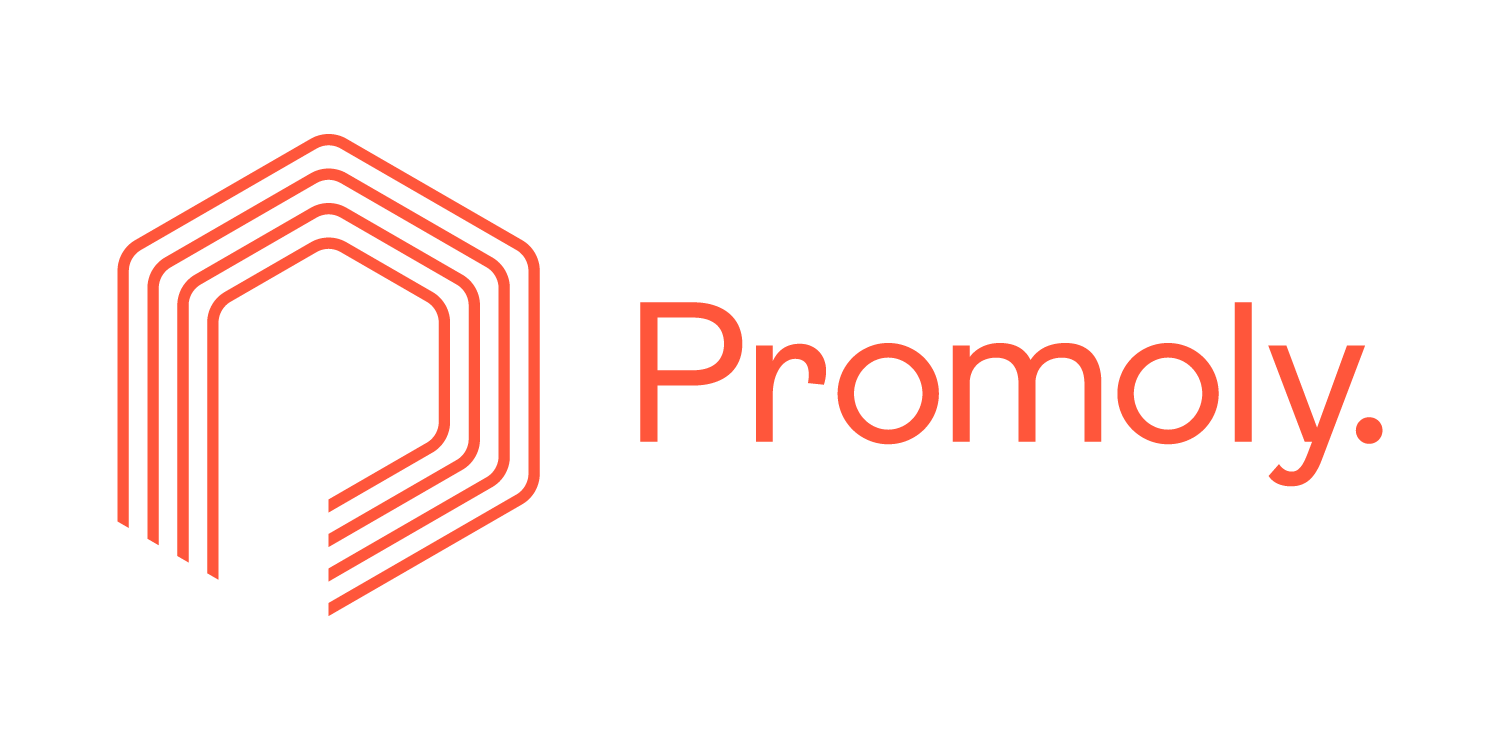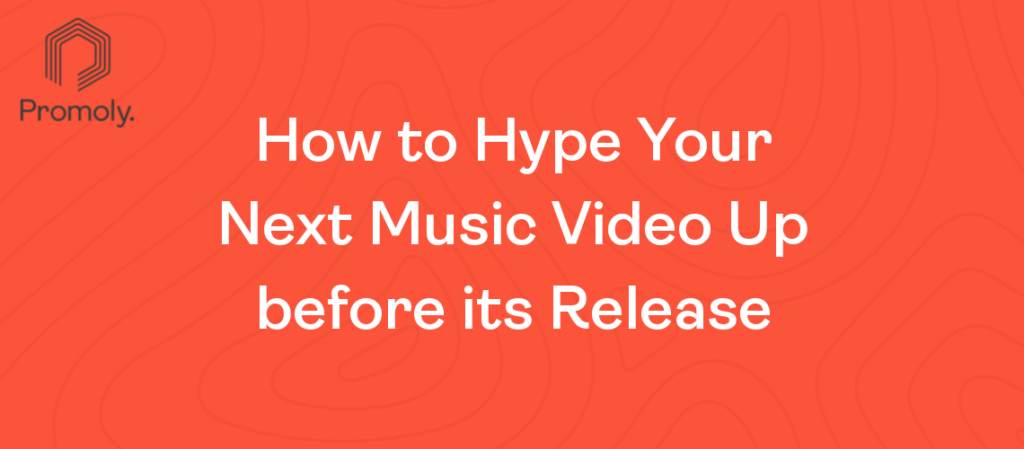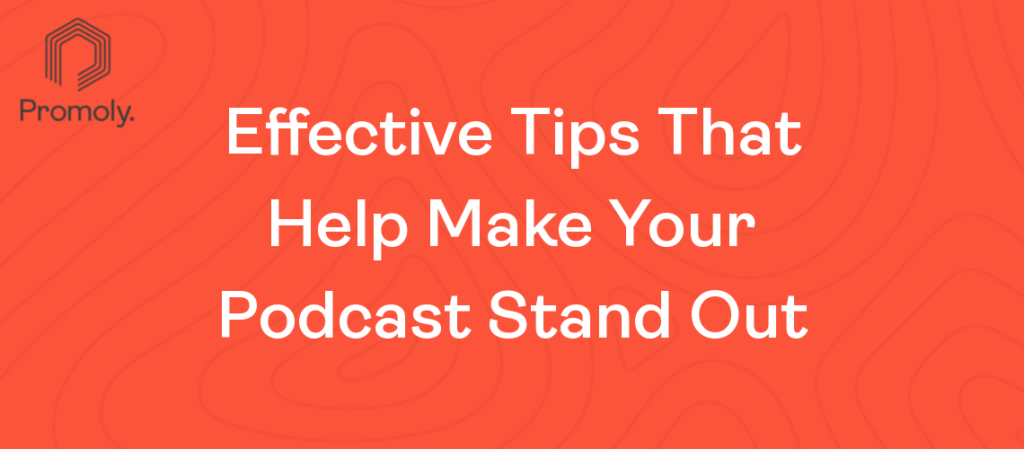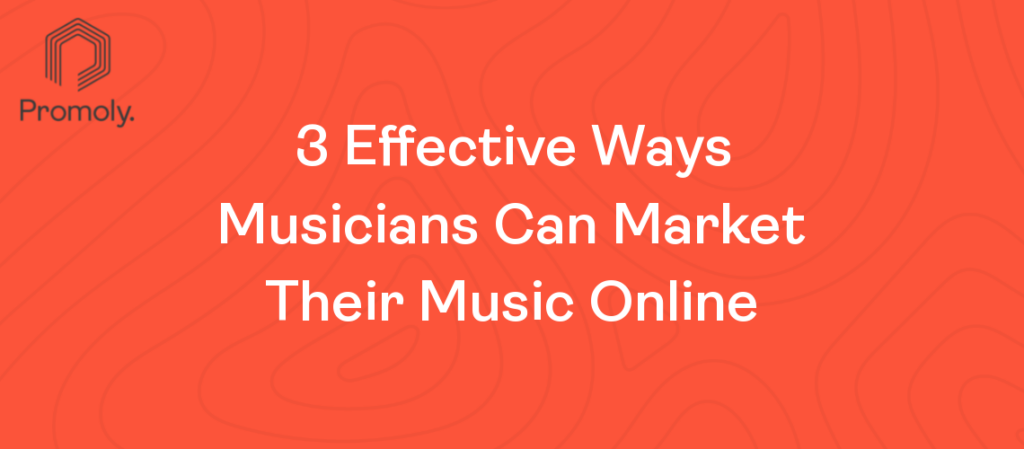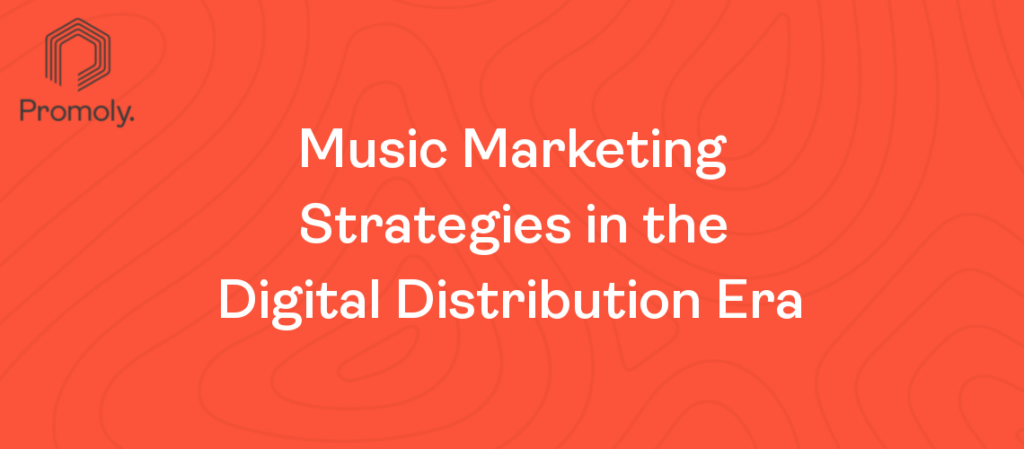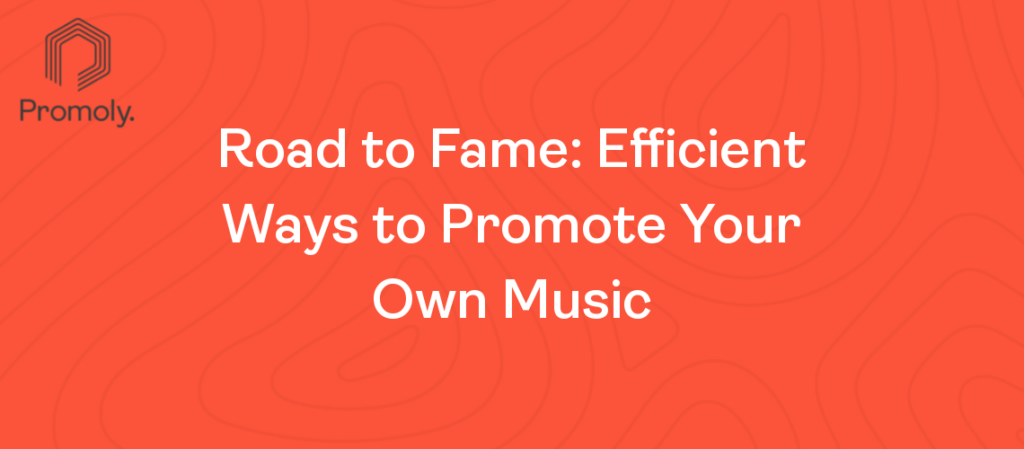With the rise of Spotify, it has enabled bands, singers, composers, instrument players, and other music artists worldwide to share, distribute, and popularize their music pieces to greater audiences. For those who have yet to launch their music career or are in its early stages, having a Spotify presence helps you reach out to your intended audiences and gain recognition.
However, most budding music artists neglect being verified as an artist in this platform. When an artist is verified, a blue checkmark appears on the artist’s Spotify profile. For most novice artists, being verified is no more than just a blue checkmark—an assumption that costs them money and the opportunity to be famous. Others think that only more established musicians are entitled to its perks. However, what advantages does being verified on Spotify have and how can it help your music career?
The perks of having a blue checkmark on your Spotify account
Aside from giving your ego a boost, a whole new market opportunity opens up when you get verified on Spotify. For one, potential and current fans will know that you are the real deal, as you become a legit brand. This means you’ll begin to have a steadier set of followers and album patrons. There are a host of other advantages when you’re verified, including the following:
1. It helps to streamline your followers and list of releases
The basic Spotify user account will not include your past and future releases. Because of this, the musical pieces you release are scattered disparately and would only fall under an artist page automatically generated under your name but not under your direct control. It would be difficult for current and future fans to keep track of what you made and distributed. You might not even know that you have new followers as they will follow the artist page that Spotify generated on its own.
Verification allows you to merge your disparate releases into a list that can be found in a single discography page bearing your name. What’s more is this discography page is tied with your user account, giving you control over the page’s content. You can also post your future releases on the page. All your potential and current fans need to do, is to refer to your discography page, instead of relying on individual searches on Spotify or hearsay from other fans. The added convenience allows more people to enjoy your albums, which translates into more revenue for you.
2. It helps to personalize your playlists and engage directly with your fans
Because you are now in control, you can choose the album covers to use, embed links towards your website, and modify the album and track descriptions. Since your fans are all in one place, you can share a new track with all of your followers at once. You can even engage with your fans on a real-time discussion, especially if you are about to launch an album or recently launched one.
3. It helps to receive detailed analytics about your fans and followers
Spotify allows you access to data concerning your fans and followers; its Fan Insight Tool speaks for itself. For instance, you can see which songs have the most listeners, and when your songs became a trend. You can use this data to develop a marketing and outrage strategy that will drive more traffic and followers to your Spotify account.
4. It helps to land first on Spotify search results
When you are verified as an artist, Spotify’s algorithms would prioritize your songs and display them on the search results of people searching your genre. Human curators of playlists would also take you more seriously. Verification would thus help you stand out from other artists and generate traffic towards your discography page, which means more profit from your music sales.
Like this article? Checkout how to get your music playlisted on Spotify.
Promoly is a music promotion platform for musicians. If you’re looking for a music PR service to deliver music to your mailing list, get in touch to see how we can help today.
